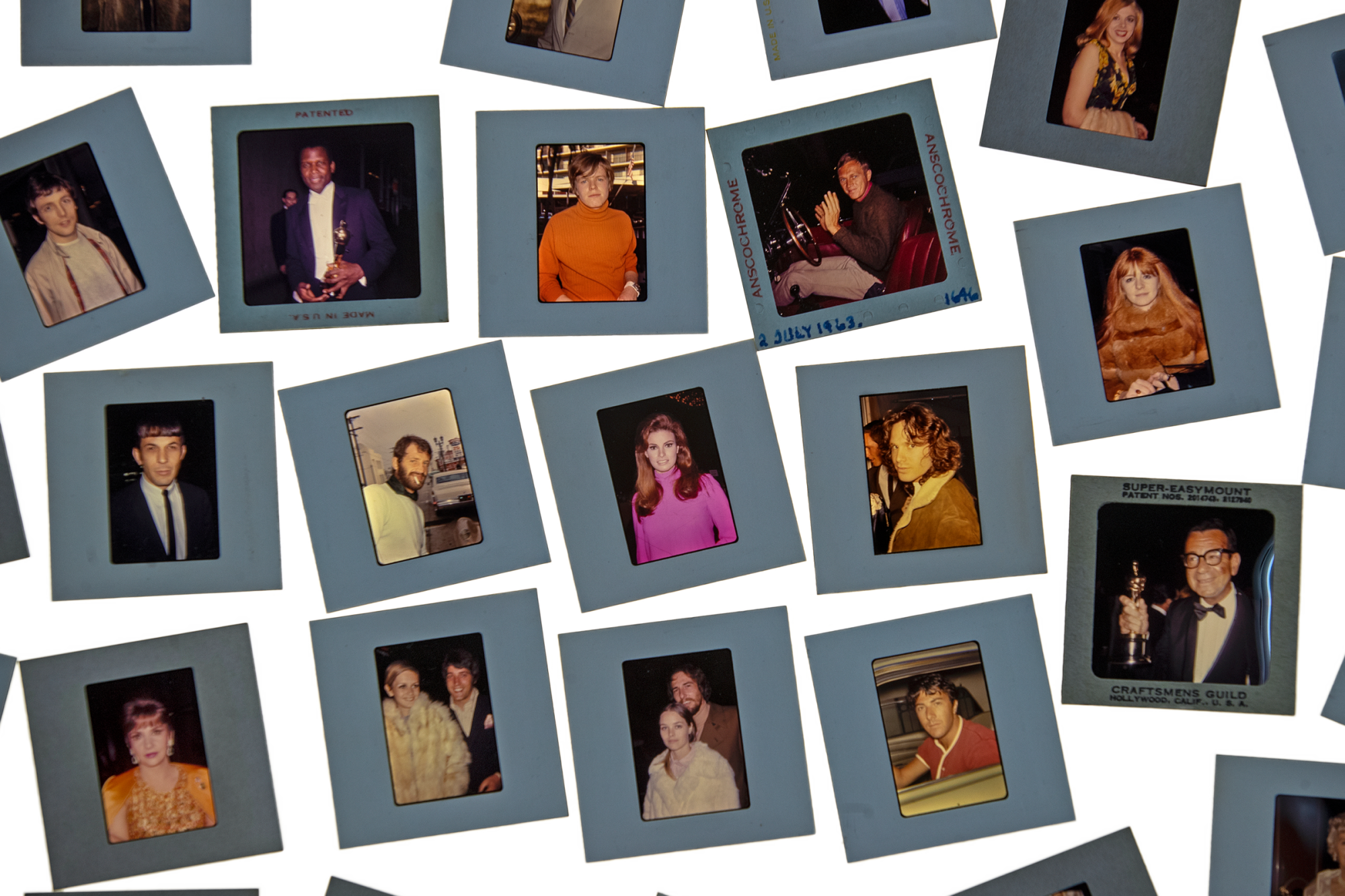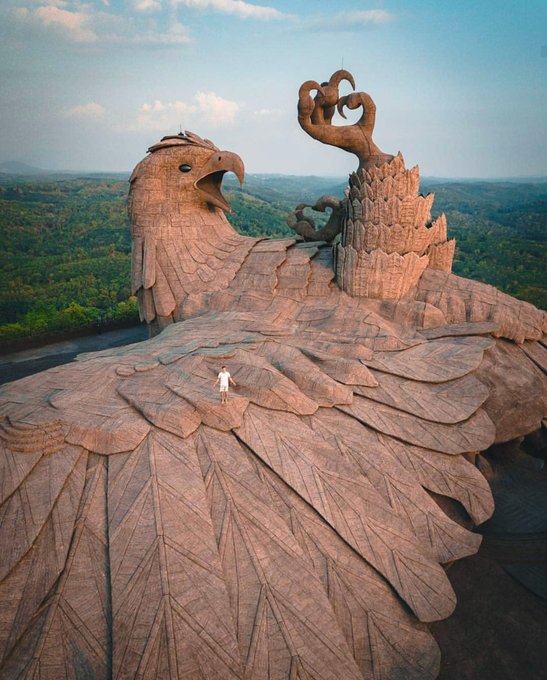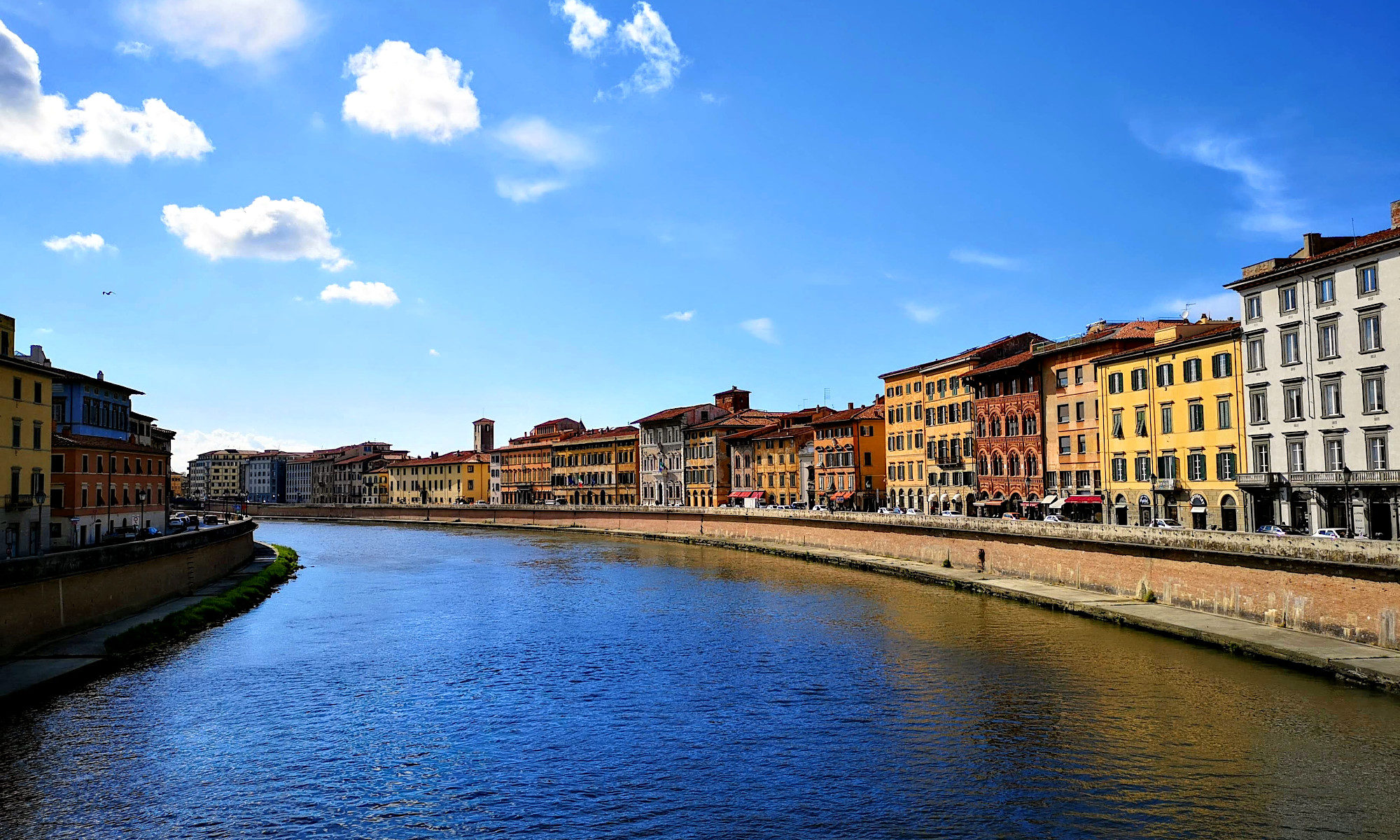
From Jesse Hyde for Town and Country: “The heist had been planned for months. They had run through the scenarios, studied the streets and bridges and tunnels, scouted the escape routes, purchased the burner phones, and secured the getaway cars. Most important, they had uncovered secrets about the museum. It was November 25, 2019, in Dresden, Germany. The night was dark and cold, the air carrying the musky scent of the nearby Elbe River. Three centuries earlier, Augustus the Strong had built his palace on the banks of the river and stuffed it full of jewels: mother-of-pearl goblets, gilded ostrich eggs, coconuts inlaid with gemstones, and knives of gold etched with wild boars and the heads of lions. Rooms and rooms of sapphires, emeralds, and rubies. By 1723, Augustus, the Elector of Saxony and King of Poland, had turned part of his Dresden castle into a museum, one of the first in Europe. He named it the Green Vault.”
The key to moderating depression, obesity, and alcoholism could be the vagus nerve

From Linda Geddes for The Guardian: “Scientific interest in vagus nerve stimulation is exploding, with studies investigating it as a potential treatment for everything from obesity to depression, arthritis and Covid-related fatigue. So, what exactly is the vagus nerve, and is all this hype warranted? The vagus nerve is, in fact, a pair of nerves that serve as a two-way communication channel between the brain and the heart, lungs and abdominal organs, plus structures such as the oesophagus and voice box, helping to control involuntary processes, including breathing, heart rate, digestion and immune responses. They are also an important part of the parasympathetic nervous system, which governs the “rest and digest” processes, and relaxes the body after periods of stress or danger that activate our sympathetic “fight or flight” responses.”
Note: This is a version of my personal newsletter, which I send out via Ghost, the open-source publishing platform. You can see other issues and sign up here.
What happened to the vultures of India, and why it matters

From Daniel Russell at Unanticipated Consequences: “India was once home to about 40 million vultures belonging to nine different species. But in the last four decades, the numbers have nose-dived to just a few thousand for the entire nation. Four species are all in danger of extinction after a rapid population collapse in recent decades. The vulturine population crashed in the late 90s due to an inflammatory drug called diclofenac. Dead animals containing the drug proved lethal for vultures feeding on them, leading to extreme liver and kidney failure and death within a few days. Because vultures are such an effective scavenger of other dead animals, the decline of vultures leads to increased carcass decomposition times and more rapid development of pathogenic bacteria—the kind of microbes that can make you seriously sick.”
The Greek philosopher Pythagoras invented a cup designed to stop people from drinking so much

From Dan Lewis at Now I Know: “If you want to get people to drink less, you can simply provide smaller cups. But Pythagoras wanted to go a bit further. He probably believed in the Greek principle of sophrosyne, the concept that moderation, self-control, etc. were necessary elements for a successful life. That may better be served by something more drastic — a cup that punishes people who try and drink too much. It looks like a regular wine cup from the outside. But inside, there’s something sticking up from the center. That central shaft is hiding a secret — a hole at the bottom of the cup. That hole is the opening to a pipe that runs up the center, which opens again near the top of the shaft. The hidden piping system only kicks into action if too much liquid is in your cup.”
The mystery of the Bloomfield pedestrian bridge

From Tyler Vigen comes what he calls a “wildly over-researched piece” about a humble pedestrian bridge: “A pedestrian bridge crosses I-494 just west of the Minneapolis Airport. It connects Bloomington to Richfield. I drive under it often and I wondered: why is it there? It’s not in an area that is particularly walkable, and it doesn’t connect any establishments that obviously need to be connected. So why was it built? I often have curious thoughts like this, but I dismiss most of them because if I answered all of them I would get nothing else done. But I couldn’t let this one go. I don’t understand why this question is so difficult to answer. There IS a reason that bridge was built, and by golly I am going to find it! Will it be a bribe from a local business? A conspiracy with the construction company? An ordinance that requires a bridge every 5 miles? A makeshift deer crossing built by the DNR Whatever it is, I want to know!”
The weird and wonderful life of L.A.’s most bizarre celebrity photographer

From Jeffrey Fleishman for the LA Times: “For six decades, John Verzi collected around 25,000 autographs and took more than 12,000 pictures of everyone from Audrey Hepburn and Brigitte Bardot to Jimi Hendrix and Alice Cooper. Then he disappeared. He ended up in a trailer park in Vegas, watching soap operas in the afternoon, playing casino slots at night, losing and winning in stretches, driving home in the ghost hours in a three-cylinder car his neighbor fixed from time to time. When he died in 2018, Verzi was 83, alone and, according to friends, nearly broke.His nephew took his ashes to Malibu and scattered them along the ocean in a cove beyond Cher’s house. It was a fitting send-off. Verzi had yearned to be close to the stars since he was a boy watching horror flicks. He sought entrance into their realm, not as an interloper or opportunist, but as a man who could recite the credit lines of every working actor.”
The world’s largest concrete bird sculpture
From Massimo on Twitter


Bridgy Response